Two talks in Melbourne and Sydney last week given by Toyo Ito gave an insight into the mind of this inspiring architect. Indesign’s Penny Craswell was there.
February 25th, 2009
Toyo Ito is one of the world’s leading architects so his visit last week to Melbourne and Sydney (his first to Australia in 20 years) provided Australian architects with the chance to hear his reflections on architecture and hear him talk about his recent work first-hand.
Starting with an image of a gnarled tree, Ito began by commenting that while all trees look different, the man-made world looks the same, whether you are in New York, London, Tokyo or Shanghai.
This is the fault of the grid, he says – most architecture makes use of a simple grid structure in building, from skyscrapers to single dwellings. Ito’s mission is to depart from that grid.
Discussing his own recent work, Ito described how each of the buildings discussed was based on a distortion of this grid, via algorithms that change the angle of the lines, via rounding off the edges of the grid, or by simply starting with no grid.
In this way, Ito brings his architecture in line with nature, which is not disordered, but provides variety in order. Nature follows simple rules, like the branching of a tree, but each tree is different – it is this type of order that Ito is interested in created through a de-materialisation of the grid.
His building for fashion brand TOD’s in Omotesando, Japan mimics the trees that line the street with a branching pattern of concrete which lies flush with the glass on the façade of the building.
For his library at the Tama Art Museum, he makes use of a simple arch, using it at various different widths to create an irregular shaped building. The structure is made more complex by a ground floor that slopes on a gentle angle with the land – the second storey floor is horizontal and the roof is pitched slightly the other way to create an unusual slope within the building.
Ito says that his idea of nature in architecture is “Not just having ecological buildings but more pleasant buildings with a different kind of order.”
Ito’s latest project, an art museum for the University of California Berkeley, is of a mammoth scale, using the latest in computer technology to create a building based on walls which stretch organically from circles attached at the roof and floor.
Difficult to describe and even more difficult to build, this project is still to commence construction but will be magnificent if and when it is ever completed.
All proceeds from the Toyo Ito event went to the Bushfire Appeal and Ito himself also donated his honorarium to the cause. Toyo Ito is the latest in the AIA’s International Speaker Series.
Toyo Ito
http://www.toyo-ito.com/ (Website under construction)
Hero Image: Toyo Ito portrait. Photographer: Toyo Ito & Associates
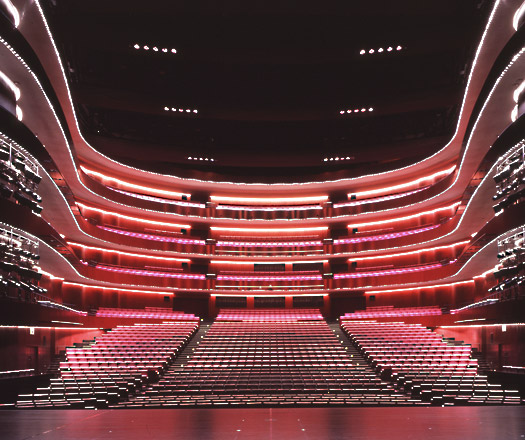
Toyo Ito – Matsumoto Performing Arts Centre. Photographer: Hiroshi Ueda
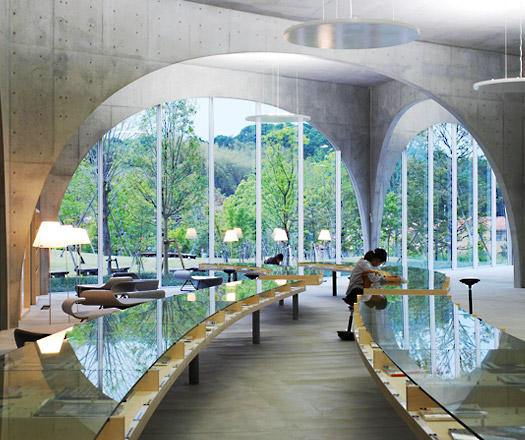
Toyo Ito – Tama Art University Library. Photographer: Ishiguro Photographic Institute
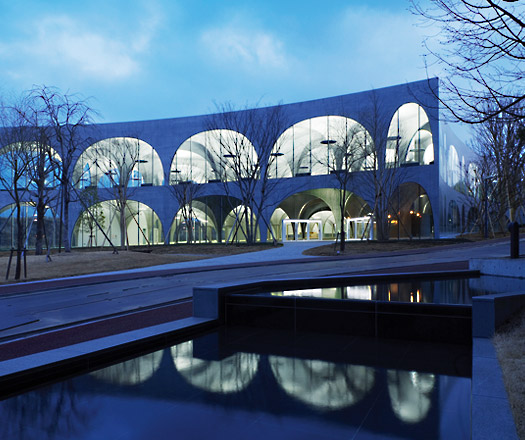
Toyo Ito – Tama Art University Library – night view. Photographer: Ishiguro Photographic Institute
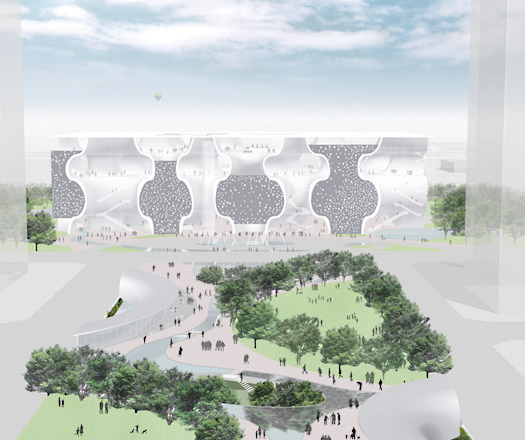
Toyo Ito – Taichung Metropolitan Opera House. Photographer: Kuramochi+Oguma
INDESIGN is on instagram
Follow @indesignlive
A searchable and comprehensive guide for specifying leading products and their suppliers
Keep up to date with the latest and greatest from our industry BFF's!
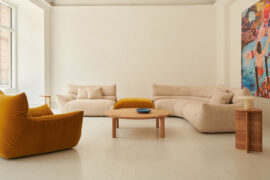
A curated exhibition in Frederiksstaden captures the spirit of Australian design

The undeniable thread connecting Herman Miller and Knoll’s design legacies across the decades now finds its profound physical embodiment at MillerKnoll’s new Design Yard Archives.

Having just returned from building a school in the aftermath of Nepal’s earthquake, nine building professionals from Davenport Campbell share their experience and the impact it has had on the community.
Project Team: Peter Byrne, Amy Lampard, Adam Paikos, Nicole Pollak Location: Freeman St, Caulfield, Victoria Type of development: Aged Care Completed: Jun 2009 “V Arc and Jewish Care set out to create a home for residents that would allow them to enjoy lifestyle choices coupled with the highest quality care. “The result is a 120 […]
The internet never sleeps! Here's the stuff you might have missed
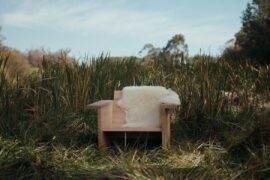
Mark Tuckey X Main Studio embrace the future with a new range of furniture that showcases the beauty of agroforestry timber.
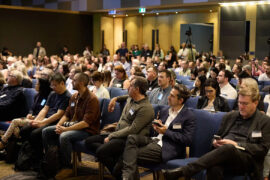
Tickets for Architecture & Design’s 2025 Sustainability Summit are on sale. This 19 November, engage in ten expert-led panels on urban planning, AI, and circular economy. Join industry leaders in Sydney or online, and gain CPD-accredited insights to drive innovative, sustainable building solutions shaping our shared future. Plus on demand access to recordings.